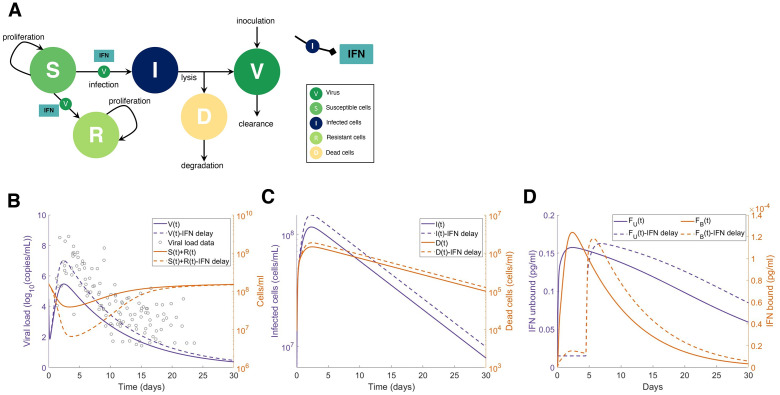Fig 3. Delayed type I IFN response impacts heavily on tissue survival in reduced model.
A) Submodel (Eqs 10–16) with all non-IFN cytokines and immune cell interactions set to zero and only considering interactions between virus (V), type I IFN, and susceptible (S), infected (I), resistant (R), and dead (D) epithelial cells. B) Predictions from the simplified model without delayed IFN production (solid lines) versus with a constant delay (τF = 5 days) (dotted lines). Grey circles (left panel): viral loads from SARS-CoV-2 infection in humans in Singapore [48] and Germany [49], digitized from Goyal et al. [50] overlayed with predicted viral dynamics. C-D) Predicted dynamics of infected and dead cells, and unbound and bound IFN concentrations from the simplified model without delayed IFN production (solid lines) versus with a constant delay (τF = 5 days) (dotted lines).

